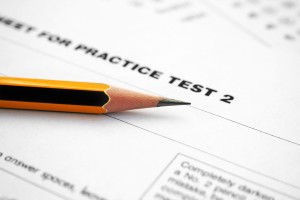The purpose of school
What matters and how we get there, by Jared Gellert
Listen to this post!
What do we want and how do we know we’re moving towards it? That’s the discussion we should be having schools. The education reformers want education to be more like business. So I thought we’d look at one of the key questions every business faces: what counts as success? Jim Collins, the great business writer, spends a lot of time in his classic work Good to Great discussing the fact that businesses work hard at figuring out what to measure and what counts as success. These decisions have a broad range of implications in terms of how a business is run. Changing what gets measured changes the business.
Share this post! Click below.
So how can we apply this to education? First, it’s not at all obvious what should be measured.
Schools as childcare
All schools serve the function of childcare so that parents can work. This is a prime function from society’s point of view. What if we valued schools by their truancy rates or by how frequently parents were called into the school?
Schools as food source
Another example: many schools in NYC for instance, have a mission of feeding children who would otherwise be hungry. Right now, we count these students against student achievement and bemoan how these children bring down test scores. But what if we said that feeding children is a prime mission of schools and we scored them on how many meals they served to their students? What if we then said that part of their mission should be to serve healthy meals?
 Schools as testing places
Schools as testing places
The metric the education reformers want to use is scores on standardized tests. This is, at best, a problematic metric. First, standardized bubble multiple choice tests may be reliable, but have little to do with any intellectual skill one needs after one leaves school. Second, the more sophisticated non multiple choice tests have all sorts of statistical reliability problems. Third, and most important in my view, is that the metric of tests will inevitably result in a teach to the test orientation.
Schools to prepare citizens
What about the metric of an involved and knowledgeable citizenry? Then we would have a lot more social studies than we do. What about a metric of how many entrepreneurs came out of our schools? Then we would have to have more economic literacy, more focus on how to run organizations, and push our students to think independently. Those are all very different from the foci of many of our schools.
What do we measure?
The need to discuss what we want and how we should measure it is what we should learn from business. Not the fire the bottom 10%, or give teachers raises based on test scores, or teach to the test. What do we want and how do we know we’re moving towards it? That the answers are not obvious makes this discussion all the more imperative.
Jared Gellert is the executive director for CITE. CITE trains teachers, administrators, and counselors on weekends and school breaks, in NYC and Long Island (now including SUFFOLK!)
Share this post if you found it interesting! Click below




